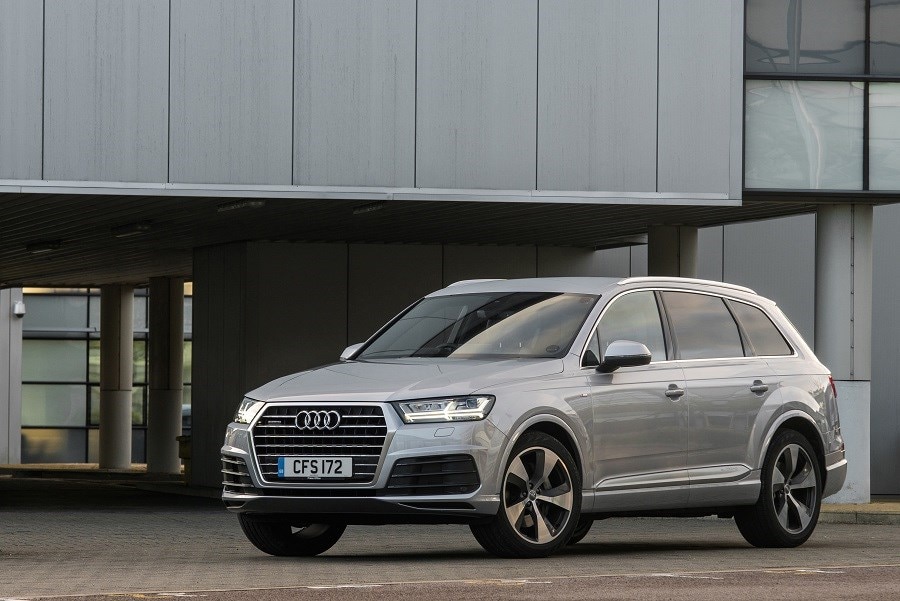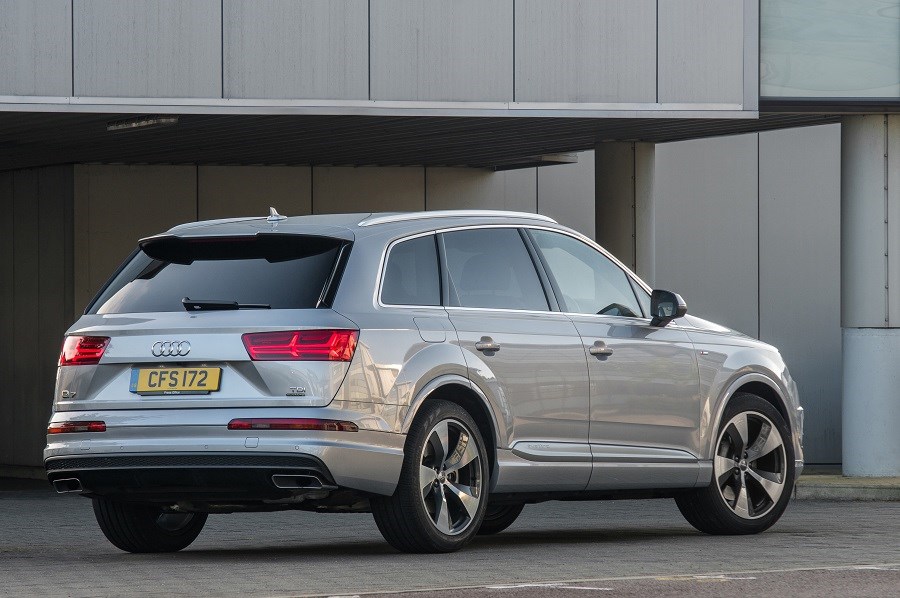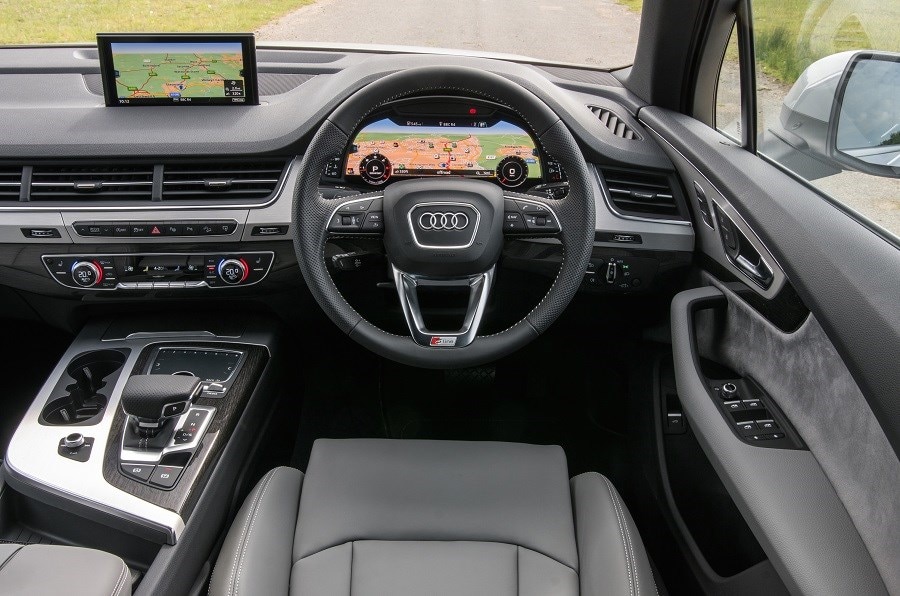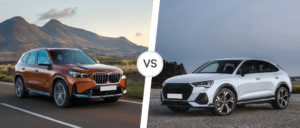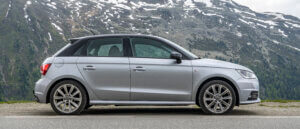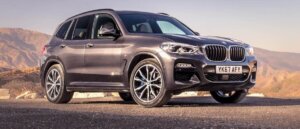Latest model
Audi unveiled its second-generation Q7 at the 2015 Detroit Motor Show where it showcased a lighter and sportier offering
Audi managed to shave an impressive 325kg off the previous generation model’s kerb weight, with the model powered exclusively by a 3.0-litre V6 diesel from launch. The new Q7 also debuted a host of new tech that would be rolled out to further Audi models in the years to follow. An all-new MMI infotainment system featured as well as a new smartphone interface, with the Q7 being one of the first models to come with Android Auto and Apple CarPlay connectivity.
Safety is also very important, as adaptive cruise control and traffic jam assist - which is where the car can essentially drive itself in slow-moving traffic – were both included.
A bold new grille and a more boxy design featured on the stylish Q7, with Audi boasting far more practicality and interior space over the previous iteration.
A plug-in hybrid e-tron model would follow, as would the SQ7—a 429bhp, 4.0-litre diesel-powered V8 flagship model, which featured a host of new innovative engine technologies to cut emissions.
The two latest editions to the range include the Black Edition models, as well as a top-of-the-range Vorsprung specification for the SQ7, which added luxuries such as Matrix LED headlights, a head-up display and 22-inch alloy wheels.
Value for money
Prices for the Q7 start from £53,250, so it’s not a cheap car; but the Q7 is all about value for money. Few cars can offer the superb standard equipment levels, punchy V6 diesel engines and practicality that the Q7 can offer, so in that sense it’s more attractive when you look at the list price. Top spec cars are undoubtedly expensive, with the Black Edition model costing nearly £70,000, and the SQ7 another £10,000 on top of that. That said, the focus of this review is purely on the Q7 rather than the sporty SQ7, which has a rather different character.
Standard kit is very comprehensive, with all models coming with Xenon headlights, a digital instrument display, wireless charging and an electric tailgate, to name but a few of the car’s features.
On the used market, first generation Q7s start from as little as £6,000, although the second-generation versions we’re interested in here kick off from around £27,995, which will get you a 2015 ‘SE’ spec car with around 100,000 miles on the clock. Around £31,000 will get you a car of a similar age and spec, with a more moderate 50,000 miles on the clock.
There’s some good savings to be had on nearly-new models, too. We spotted a six-month-old Q7 in high-spec S-line trim for £45,500, which is more than a £10,000 saving off list price.
Looks and image
It’s tough to make a large SUV look stylish but Audi has made a decent job of it here. It has an imposing look, but a smart single frame grille, Xenon or LED headlights (depending on the version) and nice alloy wheel designs gives the Q7 a good presence on the road— but it’s by no means as vulgar as the Mercedes GLE, for example.
The interior design is nothing to get excited about but for sheer usability and build quality, the Q7’s cabin is unrivalled at this price point. Plush materials are used throughout, with all models coming with a swathe of leather, or Alcantara in the case of the top-spec cars. The standard-fit 12.3-inch Virtual Cockpit is a nice touch and is fantastic to use – it essentially allows you to personalise the displays to your tastes – while the MMI display is fantastic to operate. Both are operated by touchpads on the steering wheel which helps to de-clutter the interior of buttons. What’s also noticeable about the Q7’s cabin is just how refined and comfortable it is, too, which makes it ideal for long distance journeys.
The huge weight saving has made a lot of difference to the way the Q7 drives compared to the last version. It’s surprisingly agile for a car weighing considerably over two tonnes, with sharp steering and limited body roll. The Quattro four-wheel-drive system is largely there for grip as it’s unlikely that you’ll see a Q7 off-roading, but it’s certainly handy to know it’s capable.
Adaptive air suspension (on all models as standard minus the entry-level Sport) adds a new level of comfort, and is well worth paying the extra for in our opinion. And for those who want a further degree of sporting agility from their SUV, the SQ7 can happily provide the thrills.
